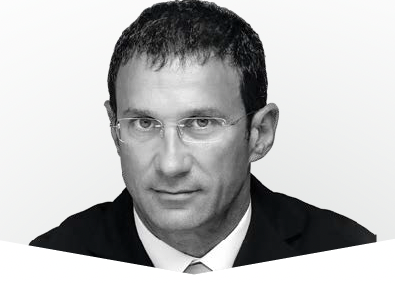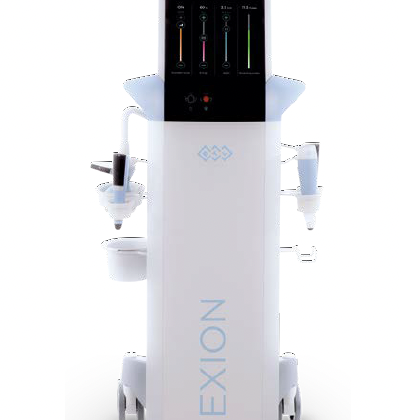A subtle surgical approach for restoring the oval of the face
Dr Henry Delmar
Sagging in the oval of the face is one of the first visible signs of skin aging, which is a major concern for men and women over the age of 40. This sagging often presents as a tired and less toned appearance. For those who are looking for a practical, effective and long-lasting aesthetic solution, a mini lift is a good option. Though it is a surgical procedure, a mini lift is truly a minimally-invasive approach.
 What is a mini lift?
What is a mini lift?
A mini lift is an in-depth lifting procedure that rehangs the deep tissue, which is commonly called muscle but is actually made up of both conjunctive tissue and muscle, and is known as the SMAS (Superficial Musculoaponeurotic System). This rehanging of the SMAS is what makes the procedure so effective in the lower third of the face. Unlike a traditional lift, the skin is not pulled or tightened, it is simply put back into its original position.
How is a mini lift carried out?
The operation begins with a short, discreet incision that follows the contour of the ear so that it remains invisible, allowing patients to continue wearing their hair up without any visible scars. Through this incision, a minimal amount of skin is detached so that the SMAS can be accessed. The SMAS is then lifted and held in position with deep stitches, ensuring it stays in place for the long term. The skin is then placed back on the tissue without tightening it, which minimises the visibility of the scar line. The operation can be carried out under an enhanced local anaesthetic or under general anaesthetic, depending on the joint decision made by the patient, anaesthetist and surgeon. The operation takes about an hour, and the patient can usually go home on the same day, which makes this an outpatient procedure. The after-effects of surgery are generally mild – just some bruising and moderate swelling – which means the patient can quickly get back to their daily life.
Results of the mini lift
The results achieved with a mini lift are very natural, as the operation generally focuses on the lower part of the face and the oval. It has a moderate effect on the neck, since the main objective is to recreate a clear transition between the face and neck, while preserving the face’s natural expression and without leaving any visible surgical scars. This approach is considered minimally invasive due to the short length of the scars and the quick post-operative recovery. Complications are rare, but the success of the operation primarily depends on the surgeon’s experience, particularly when detaching the SMAS, which requires in-depth knowledge of the anatomy.
Limitations and complements of a mini lift
A mini lift does not treat the cheekbones, so a different strategy may be required if major corrections are needed in this zone. Furthermore, it has a limited effect if the neck shows severe signs of aging. It can be combined with other techniques, such as lipostructure, to restore any volumes lost over time. A mini lift is an excellent solution for those who seek subtle and minimally-invasive rejuvenation in the lower part of the face. It is especially recommended for people aged 40 to 60, depending on the extent of their skin aging. However, it is vital to see a qualified plastic surgeon to evaluate your needs and talk about the different options available to you. A mini lift is an aesthetic solution that can give your face a natural-looking, more youthful appearance.
 Dr Henry Delmar: Former intern at the Marseille hospitals; Assistant Registrar at the Faculty of Marseille (1991-1993); President of the French Society of Plastic and Cosmetic Surgeons (SOFCEP); philosophy of cosmetic surgery “Une chirurgie nommée désirs” (A surgery named desire).
Dr Henry Delmar: Former intern at the Marseille hospitals; Assistant Registrar at the Faculty of Marseille (1991-1993); President of the French Society of Plastic and Cosmetic Surgeons (SOFCEP); philosophy of cosmetic surgery “Une chirurgie nommée désirs” (A surgery named desire).
More information: henry-delmar.com















